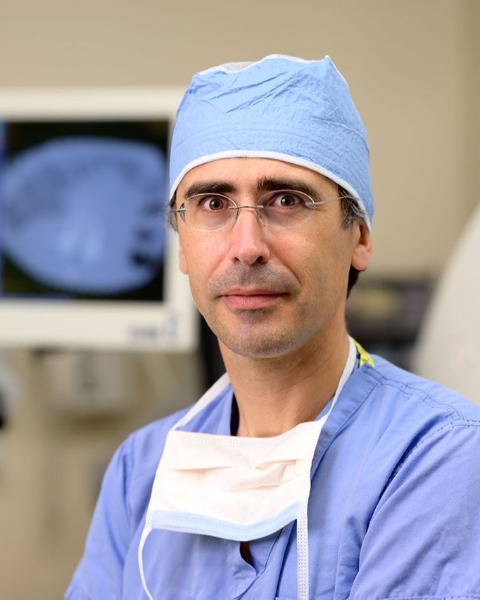Pain Management/MSK
Safety and feasibility of a PEEK Polymer Transpedicular Vertebral System to treat vertebral compression fracture: a multicenter pilot study

Francois H. Cornelis, MD, PhD
Professor of Radiology
MSKCC, Weill Cornell Medical CollegeDisclosure(s): General Electric: Speaking and Teaching (Ongoing); Varian: Speaking and Teaching (Ongoing)
- MB
Matthias Barral, Dr (he/him/his)
Associate Professor Interventional Radiology
Hopital Tenon - Radiology Department - LR
Leo Razakamanantsoa, MD, MSc
Asssitant Professor
APHP - LT
Lambros Tselikas, MD, PhD
Attending
Gustave Roussy 
Thierry De Baere, Physician
Professor Radiology
Gustave Roussy- JL
Jean-Charles Le Huec, MD, PhD
Professor
Polyclinique Bordeaux Nord
Poster Presenter(s)
Author/Co-author(s)
Materials and Methods:
A total of 9 consecutive patients (4 men and 5 women; median age 59 [interquartile range: 58–64 years]) who had percutaneous transpedicular fixation with cementoplasty for the treatment of VCF (5 tumor lesions, 3 osteoporotic, 1 traumatic) were included. VCF were type A1 (N=6) and A3 (N=1) according to Magerl classification. All patients are treated for one level only, and 3 have several fractured levels. The procedure duration, length of hospital stay, and complications were reported. Visual analog scale (VAS) and the Oswestry disability index (ODI) for pain and disability were assessed before and 2 months after the procedure.
Results:
The median procedure duration was 64min [44.5–93.75]. The median length of hospital stay was 2 days [2–5] after the procedure. Only minor adverse events were reported (5 asymptomatic cement leakages) but no severe complications. No cases of procedural site fracture during follow-up were noted (median: 193 days [147–279]. The median VAS score decreased from 55mm [50-70] before the procedure to 25mm [5-30] at 2 months (p=0.0003) and 30mm [15-40] at 6-months follow-up (p=0.14). The median ODI decreased from 22.5% [19–26] before the procedure to 12% [10-14] at 2 months (p=0.03) and 12% [9-20] at 6-months follow-up (p=0.47).
Conclusion: Percutaneous transpedicular fixation of VCF by PEEK implants with cementoplasty appears feasible and safe.

.jpg)
.png)
.jpg)
.png)
.jpg)
.png)
.png)
.png)
.png)